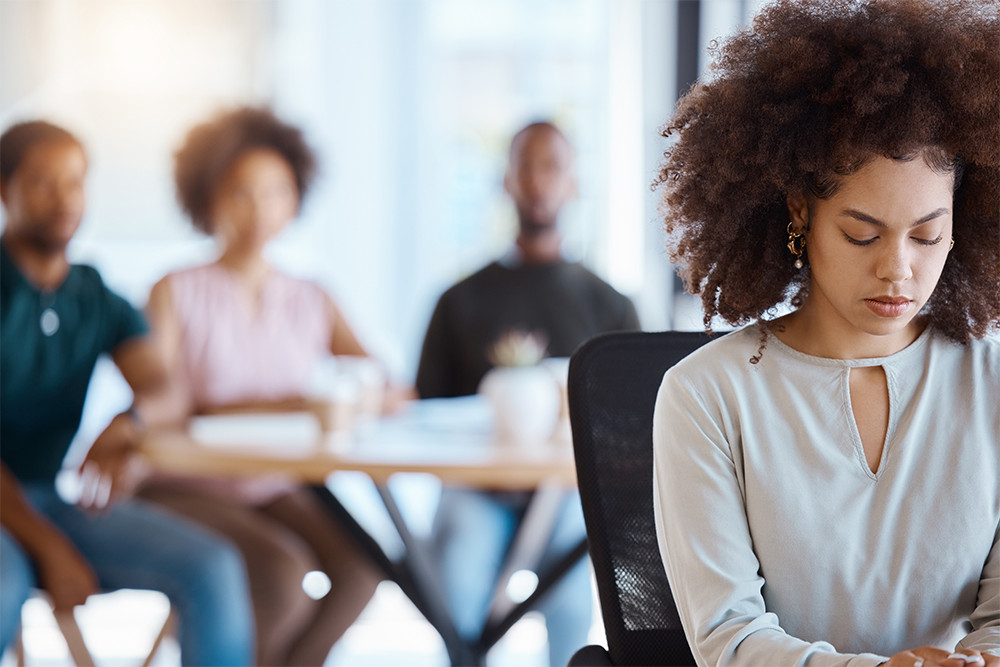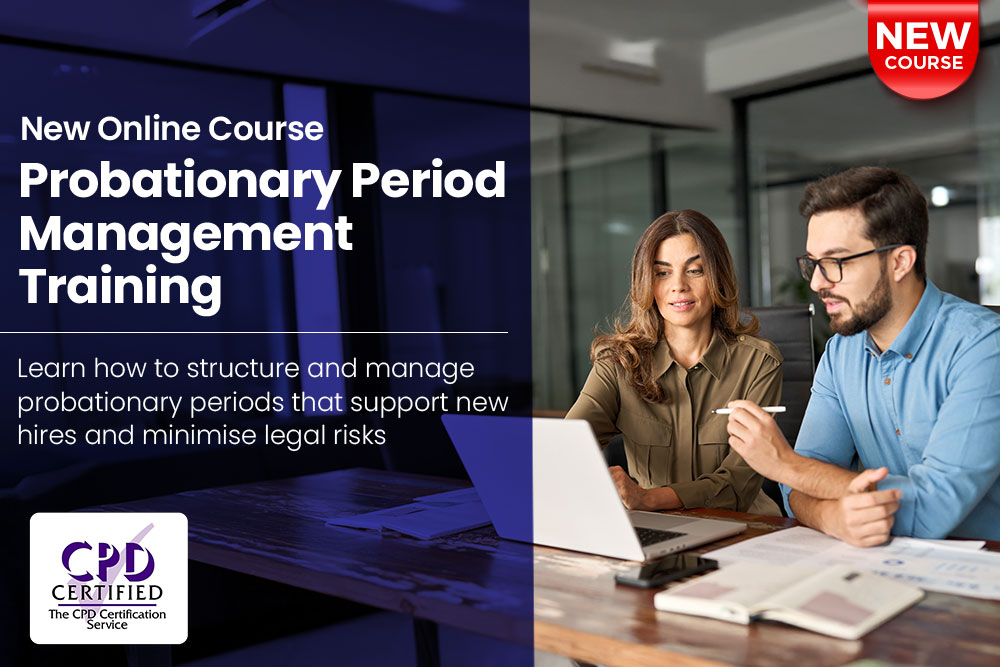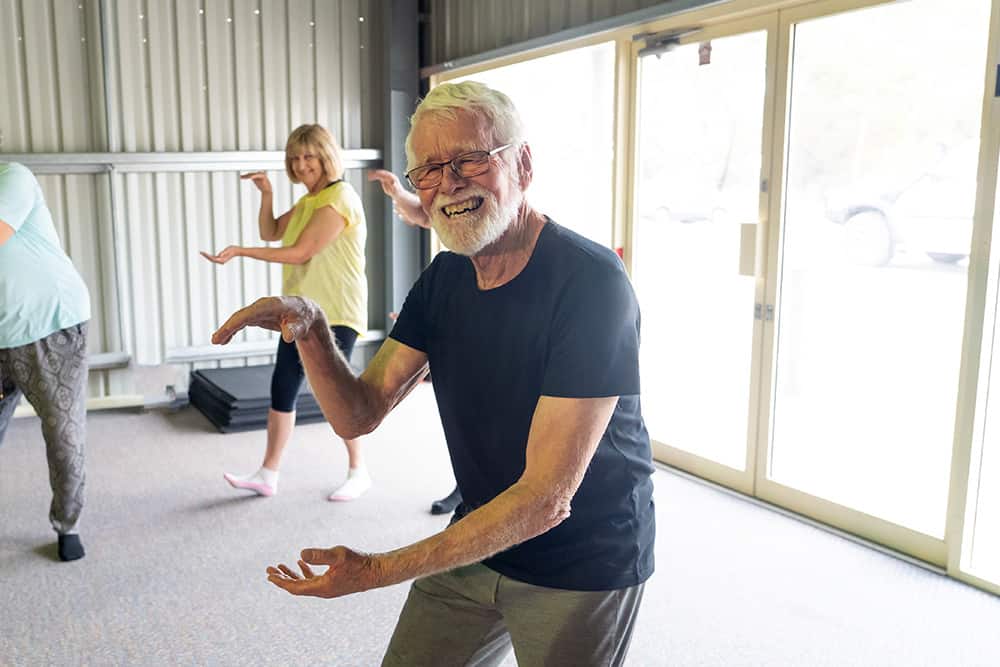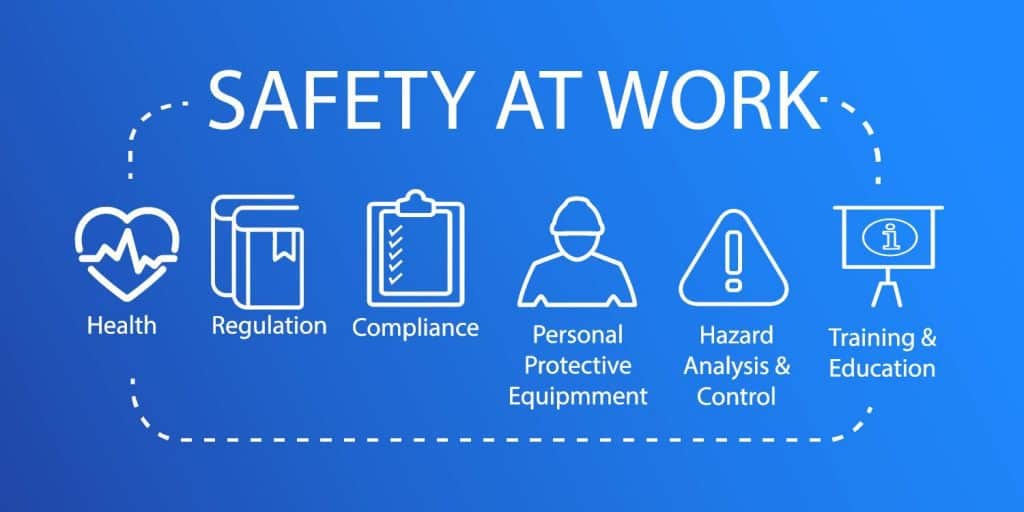
The Grenfell Tower Inquiry recently published its second report on the Grenfell Tower tragedy. Its initial Phase 1 report covered the events of the fire itself. The Phase 2 report looks at the underlying causes and systemic failures that allowed the disaster to unfold.
This guide examines the Phase 2 report findings and what they may mean for professionals in construction and building management.
The Grenfell Tower Inquiry
In the early hours of 14 June 2017, a fridge on the fourth floor of Grenfell Tower in west London began to burn. Hours later, the fire had spread throughout the building, eventually claiming 72 lives. It was the deadliest residential fire since WWII.
The government’s response was rapid. The day after the fire, then-Prime Minister Theresa May ordered a public inquiry into how the incident spiralled into disaster so quickly.
The Inquiry’s Phase 1 report, published in October 2019, was limited to the events of the fire – how it spread so rapidly and the emergency response.
The Phase 2 report is a broader review of high-rise building safety and examination of the underlying causes of the fire. Investigators uncovered more issues than expected, leading to a delay in the report’s publication. Now, after seven years, the Inquiry has concluded that every party responsible for ensuring the safety of Grenfell failed in some way and, tragically, all 72 deaths were avoidable.
The Phase 2 Report Findings
Here are the most significant points of the Phase 2 report.
Cladding Fire Risks Were Known
It’s now widely known that one critical factor in the Grenfell fire was the tower’s highly flammable cladding. It covered the exterior of the building, allowing the fire to spread rapidly between floors.
The Phase 2 report confirmed that the dangers of cladding had been known for years. It references two high-rise fires in 1992 and 1997, where similar materials allowed the flames to spread. Later, in 2001, safety tests confirmed this type of cladding was highly flammable. Despite this overwhelming evidence, the government imposed no additional restrictions or regulations on its use.
The Government Prioritised Deregulation
No single government is culpable for the Grenfell fire. For 25 years, successive administrations prioritised deregulation in the pursuit of economic growth. However, this agenda gained more momentum in the 2010s when David Cameron’s coalition government attacked regulations – the dreaded “red tape” – it claimed were stifling British business.
This deregulatory campaign led to the government ignoring known building safety risks and delaying revisions to statutory guidance on building safety, which allowed the continued use of combustible cladding.
Building Safety Act Training
Our Building Safety Act Training programme gives an overview of the Act, including key roles, compliance requirements and updated safety standards in building design, construction and maintenance.
The Government Privatised a Key Regulator
The report also draws a connection between the Grenfell fire and the privatisation of the Building Research Establishment (BRE).
The BRE was founded in 1921 to test, research and certify building material safety. It remained a public body until its privatisation in 1997. After its privatisation, the BRE relied on funding from the very companies whose products it was testing, raising concerns about conflicts of interest. The Phase 2 report highlights how this privatisation exposed the BRE to pressure from “unscrupulous manufacturers,” undermining its independence and allowing dangerous materials to be certified as safe.
Manufacturers Made Misleading Claims
Manufacturers of the cladding and insulation materials used in Grenfell Tower’s 2016 renovations manipulated safety tests to make their products appear compliant with fire safety standards.
They provided false or misleading information to the British Board of Agrément (BBA), which issued safety certificates based on the manipulated data. This widespread dishonesty within the construction supply chain misled contractors, building inspectors and authorities, allowing highly flammable materials to be used in the refurbishment of the tower.
Lack of Oversight
The Inquiry also found that during the renovations, no party took responsibility for ensuring compliance with the limited safety standards that did exist.
The report describes a “merry-go-round of buck-passing,” where architects, contractors and subcontractors either failed to understand their safety obligations or assumed others were in charge.
Without oversight or leadership, crucial safety checks were neglected, and dangerous decisions were made, such as using combustible cladding and insulation materials.
Phase 2 Report Recommendations
The Inquiry concluded that no single party was responsible for the tragic fire. Decades of incompetence, inaction and ignorance across both the private and public sectors contributed to the disaster.
The report advises nothing short of a complete overhaul of England’s building safety regime with 58 individual recommendations to correct its deep-rooted, systemic failings.
We’ve highlighted four of the most significant recommendations for construction professionals and building managers.
1. Create a Single Independent Construction Regulator
A proposed single regulator could oversee the entire lifecycle of building projects, from material testing and certification to final inspections. It would also have the authority to enforce compliance with fire safety standards, ensuring that all parties involved in construction projects are held accountable.
2. Raise Training Standards for Fire Risk Assessors and Building Control Officers
The Inquiry has called for a comprehensive reform of the qualifications and training pathways for fire risk assessors and building control officers.
Fire risk assessors and building control officers must be properly trained in fire safety rules and hold third-party accredited certification to ensure competence.
3. Implement Stricter Regulations for Materials
Stricter regulations should be introduced on the use of materials in high-rise buildings, most notably the banning of combustible cladding and insulation products.
These regulations would remove any confusion about what materials are safe and ensure they’re adequately tested.
4. Enhance Regular Inspections and Maintenance of Fire Safety Systems
The report recommends mandatory inspections of fire doors and other fire safety systems in high-rise buildings to ensure they’re functioning correctly. All inspections must also be documented along with any repairs.
An independent agency or regulator would enforce compliance and penalise duty holders who neglect safety standards.
(It should be noted that regulations around fire door inspections in high-rise residential buildings have already been revised. Under the Fire Safety (England) Regulations 2022, checks must happen annually for flat entrance doors and quarterly for fire doors in common parts.)
New Legal Duties
The report’s recommendations are not legally binding, so there’s no expectation of compliance at this stage.
However, the government has promised to review all 58 recommendations and confirm next steps within six months.
In the meantime, many of the proposed reforms overlap with the Building Safety Act 2022 (BSA), which was itself a response to the Grenfell Tower fire.
The BSA represents the most significant change in building and fire safety legislation for over 50 years, and its impacts will be felt by everyone in construction and building management.
All parties involved in building safety have extended duties under the BSA. From the design phase through to construction and occupation, duty holders must ensure compliance with updated standards and cooperate on all matters related to building and fire safety.
For more information on the BSA and its implications for building safety, we offer an online Building Safety Act Training course. It provides an overview of this landmark legislation and what it asks of duty holders throughout a high-rise building’s lifecycle.





















